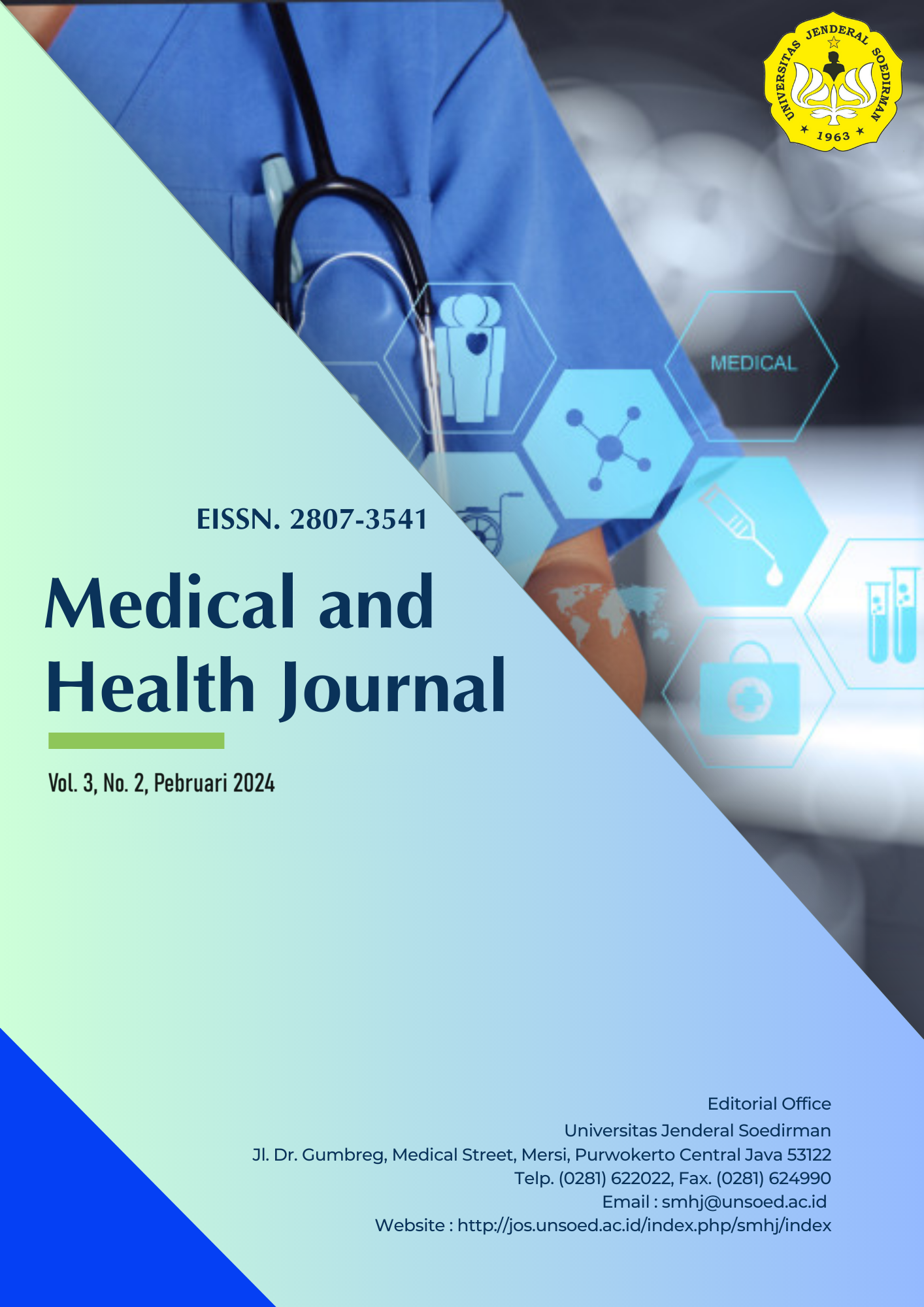LITERATURE REVIEW: BIOPROSPECTING OF DLINGO PLANT (Acorus calamus L) AS MOSQUITO REPELLENT
Abstract
Acorus calamus, also known as sweet flag or calamus, is a water-loving shrub that grows in swampy areas and along the edges of water bodies in various parts of the world. This plant is renowned for its rhizomes, which are used in various traditional medicinal practices. Additionally, the plant contains secondary metabolites that have the potential to act as mosquito repellents. This research aims to explore the prospects of Acorus calamus L. as an anti-mosquito agent. The methodology employed is a Systematic Literature Review design. The literature review involved searching for articles using the Google Scholar database, including both national and international journal articles. The research findings suggest promising biological prospects as an anti-mosquito agent. This includes inducing mortality in larval stages as well as acting as a repellent for adult mosquitoes. These effects are attributed to the presence of bioactive compounds such as asarone, colamenole, calamin, colameon, and methyl eugenol. The most abundant chemical component is asarone (82%), an active compound with antifeedant properties that inhibit insect growth. Furthermore, Acorus calamus contains other secondary metabolites like alkaloids, saponins, flavonoids, phenols, tannins, steroids, and terpenoids. These compounds can enter the mosquito through respiratory contact and digestive toxicity, leading to mosquito mortality. Additionally, these compounds obstruct the chemical receptors (chemoreceptors) found in mosquito palps and antennae, causing mosquitoes to avoid feeding on blood. This review article aims to provide insights into the potential of Acorus calamus L as an anti-mosquito agent.






